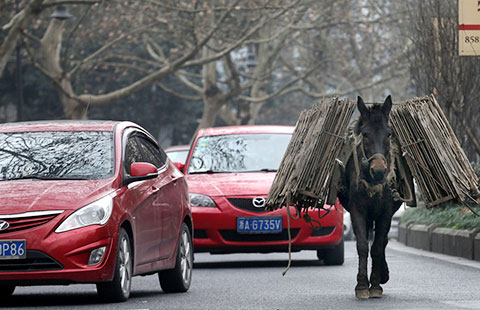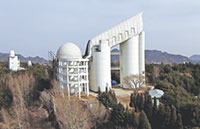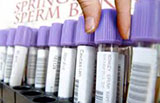Ministry dismisses guess of smog-nuclear-radiation correlation
(Xinhua) Updated: 2016-01-09 19:53BEIJING - The Ministry of Environmental Protection (MEP) dismissed a resurfacing hypothesis that nuclear radiation due to burning of uranium-containing coal is the primary cause of smog.
The MEP said in a Saturday statement that nuclear radiation has no correlation with smog, and the country's atmospheric radiation is stable with no uranium-rich particles detected, based on a recent MEP-led research.
The hypothesis first emerged in 2013 as an Internet article which claimed that some coal mines in Erdos city of the Inner Mongolia autonomous region contained radioactive substances of which half life extend over hundred million years, including uranium.
The article said these substances enter the atmosphere as radioactive powder after coal is burned, and they are the primary cause of smog.
Experts participating in the MEP-led research found that the content of Uranium-238 in coal and waste rock samples in Erdos are 6.3 to 57.7 Bq/kg and 14.6 to 87.2 Bq/kg respectively, the same level as the national average.
Erdos has both uranium and coal mines. The MEP said the Daying Uranium mine has not been exploited, and neither has the coal mine which lays more than 100 meters beneath the uranium mine.
According to readings from 167 atmospheric radiation monitoring stations across the country over the past decade, the radiation level has been stable, with no uranium-rich particles detected, the MEP said.
Experts also analyzed the content of uranium isotopes in air particles and found the intensity is of the same level as its natural intensity in soil.
Zhao Shunping, a researcher with the Radiation Monitoring Technical Center of the MEP, said the atmospheric radiation level is absolutely normal, and the content of uranium in air particles is too minute to exert any influences on people's health.
- China to sink billions into new airports
- More high-speed services to be added
- Lunar mission moves a step closer
- Southwest China city tries to help make smog-free meat
- Watchdog issues rare comment on execs' porn prosecution
- Tourism revenue in Tibet's Lhasa to double by 2020
- China overfulfills affordable housing target
- Bumper crops fill reserves
- Awards honor scientists' contributions
- Chinese police seize 470 suspects in transnational telecom fraud







